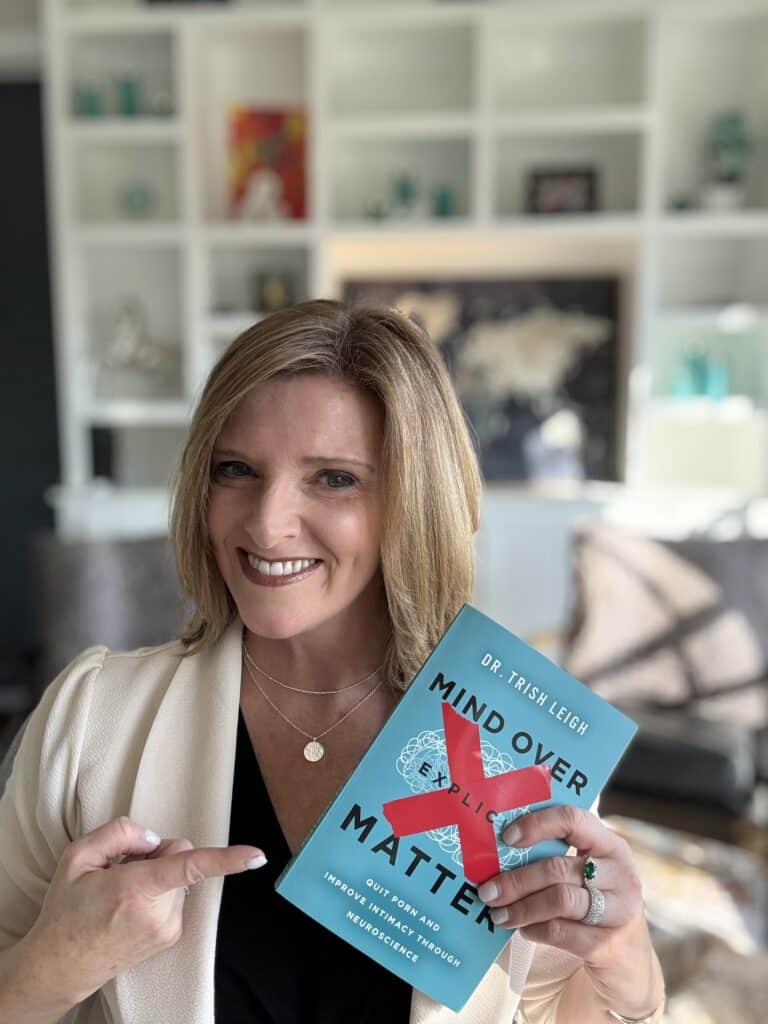Am I struggling with arousal dysfunction? This is a question that many of our clients ask themselves before contacting us, particularly Sexual Arousal Dysfunction (SAD). If you are dealing with these challenges and you are fighting to overcome them, you are not alone! We can help. Guiding you toward the knowledge of your issue, and giving you the right tools to take actionable steps toward recovery.
What Is Sexual Arousal Dysfunction (SAD)?
First, you need to understand that SAD can stem from various issues including autoimmune disorders. However, for now, we will be focusing on how Internet addictions, especially to explicit content, significantly contribute to SAD.
Sexual Arousal Dysfunction, or SAD, refers to difficulties in achieving or maintaining sexual arousal, and it often has deep roots in both psychological and physiological factors. One of the most common underlying issues is internet addiction, specifically addiction to explicit material, which can profoundly affect the brain’s ability to respond to natural sexual stimuli.
The Brain’s Role in Arousal Dysfunction
Your brain plays a critical role in sexual arousal, and dysfunction can occur when your brain gets stuck in what I refer to as “artificial neutral.” This state is often reflected in a brain that is operating at an “88% C,” a term used to describe a brain stuck in a particular bandwidth, often in the faster Alpha range. This imbalance makes self-regulation and natural arousal responses more challenging, particularly without professional intervention like neurofeedback.
Our advice to you: The Importance of Getting a qEEG Brain Mapping.
A qEEG brain map is a valuable tool in diagnosing and understanding the levels of arousal dysfunction. It can reveal whether your brain is stuck in low Alpha or fast Alpha bandwidths. Typically, individuals with SAD might find their brains stuck in fast Alpha, unable to produce slower Alpha waves necessary for proper arousal and relaxation. This imbalance is often more complex than can be addressed with simple interventions like using a headband designed for brain training.
Identifying Your Alpha State
To begin addressing your arousal dysfunction, it’s essential to determine whether you’re stuck in a low Alpha or fast Alpha state:
- Low Alpha State: If you’re unmotivated, sluggish, and find it difficult to engage in life (stuck in “couch mode”), you may be operating in a low Alpha state.
- Fast Alpha State: If your arousal dysfunction has more of an anxiety component, making you feel jacked up and unable to relax, you’re likely in a fast Alpha state.
The Road to Recovery
If you’re scoring an 88% in calmness yet experiencing erectile dysfunction (ED) or other forms of SAD, you’re likely stuck in an artificial neutral state. If you’re still engaging in activities that desensitize your brain, such as viewing explicit material, it’s crucial to stop.
At Dr. Trish Leigh & Co we provide you with Ongoing Support and Strategies
As you continue with brain training and implement the strategies discussed, it’s essential to stay committed
To kickstart your recovery, consider undergoing a qEEG Brain Map Assessment. This evaluation offers an in-depth view of your brain’s functioning.. With this insight, many clients opt for professional neurofeedback coaching with advanced technology to promote healthier brain activity, helping to balance slow and fast processing speeds.
Tip: For optimal results, use the headband when you’re feeling relaxed. Over time, these consistent efforts can lead to more substantial and lasting improvements on your path to recovery.
Remember: control your brain, or it will control you!
Also, Check out Dr. Leigh’s YouTube videos for more detailed insights and guidance:
Breakout Session on SAD (Sexual Arousal Dysfunction) w/Dr. Trish Leigh – YouTube


